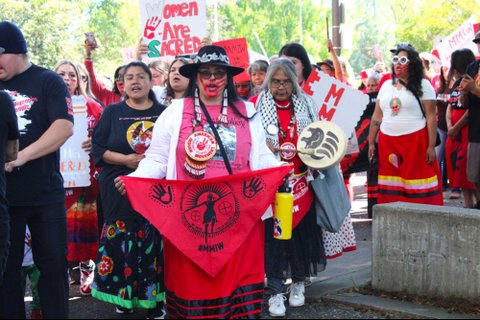
16 May ‘A Kind of Medicine’: Indigenous People March in Santa Rosa to Remember the Missing and Murdered

“I have a 20-year-old daughter who I would never want to have become a statistic,” said MaDonna Feather Cruz, front-center, of her inspiration to lead a march through Santa Rosa in honor of Missing and Murdered Indigenous Women.
Story and photos by Joe Porrello
Members and supporters of the Native American community gathered May 8 in Santa Rosa in hopes of bringing more visibility to Missing and Murdered Indigenous People Awareness Month.
Indigenous people are disproportionately likely to go missing or be the victims of violence, according to the Bureau of Indian Affairs. Eighty-four percent of Indigenous women living on reservations experience some form of violence in their lifetimes and are 10 times more likely to be murdered, CBS News reported.
Such staggering statistics have inspired events around the country like Santa Rosa’s. For the second straight year, attendees gathered for lunch, prayer and connection at the Peace and Justice Center. Though, this year’s featured an added layer of importance.
Supporters made signs and marched to City Hall to see Santa Rosa City Council commemorate Native American lives lost and proclaim May 5 Missing and Murdered Indigenous Persons Awareness Day in the city.
- “Anybody who has a kind and sympathetic heart can appreciate the fact that countless Indigenous women and people have gone missing and are murdered without any investigation,” said Jonny Brouillard, whose hat is reclaiming a word long used to dehumanize and vilify Native people.
- “I think it’s really beautiful because when we come together — it’s sort of a medicine,” said community organizer Juan Dominguez, not pictured, of people from different tribes marching as one.
When the proclamation was made, supporters inside City Hall stood and sang ancestral chants to the beat of a drum for about three minutes, ending with large applause.
- At the May 8 Santa Rosa City Council meeting, MaDonna Feather Cruz holds the Missing and Murdered Indigenous Persons Awareness Day proclamation, which she played a leading role in bringing to fruition.
Round Valley Indian Tribe member MaDonna Feather Cruz submitting the proclamation and coordinated the event.
“I have a 20-year-old daughter who I would never want to have become a statistic,” she said.
- “This MMIW, MMIP crisis has been happening for years,” said Redemption House of the Bay Area co-founder Lisa Diaz-McQuaid, not pictured.
Only four other states have more cases of missing and murdered Indigenous people than California, according to CBS News, and the state’s Superior Court found Native Americans make up the highest rate of missing and murdered people.
And according to the official Judicial Council of California podcast, only about half of MMIW cases since 1900 resulted in charges or conviction “and not just because of inconclusive investigations.”
“The Native American issue in California has just been hidden; we’ve been invisibilized,” said Charlie Toledo, executive director of the Suscol Intertribal Council, created by her close friend and Cruz’ grandmother. “Not only were most people almost wiped out by genocide, but so was the memory of them.”
- Community organizer Juan Dominguez, not pictured, says everyone has to get the word out about missing and murdered Indigenous women however they can if numbers are to go down. “The system often forgets about us… our cases get thrown out very quickly,” he said.
- Before the march, some attendees honored those they have lost to the missing and murdered Indigenous people crisis by speaking about their lives.
Like most at the event, being part of the cause for positive change stems from personal connection.
>>>Read: Unexpected Friendship Illustrates Power of Personal Connection in Stopping Hate
When she was 7, Toledo temporarily lost her grandfather after he was kidnapped in New Mexico. He had over 300 descendants when he passed at age 100.
“So you think about taking one woman out of our society — it’s continuing the genocide,” Toledo said. “It’s still occurring up on the reservations; young women disappear all the time.”
- “Taking one woman out of our society — it’s continuing the genocide,” said Charlie Toledo, not pictured.
According to the Westport Library, most murders of Indigenous women are committed by individuals outside the Native American community. “There is no clear profile of a person who kills or kidnaps indigenous women… There is no ‘typical’ scenario. Instead, both indigenous activists and police point to systemic vulnerability.”
Toledo, however, says the majority of abductors are white males and that the roots of the problem are too deep to eliminate easily.
“It’s a systemic hate… it’s built into the system of the U.S. government,” Toledo said.
Santa Rosa City Council member Eddie Alvarez said he and other elected local officials need to do their part
“I think it’s pretty evident that there’s a situation here that needs to be addressed,” said Alvarez. “Beyond what the people can do, it’s really on us as representatives to see how we can support the movement that’s been happening.”
- Santa Rosa City Council member Eddie Alvarez, second from right, missed part of the meeting as the only city representative to attend the event and march. “It’s more important than sitting in a chair and listening to people talk about policy. This is people’s quality of life and existence, so for me it’s not a hard choice,” he said. Painted over his mouth is a red handprint, a symbol the violence against Native women.
Toledo said work at the state and federal levels of government is reason for hope.
Comparing instances of forgotten missing and murdered Native Americans to Polly Klaas — a white girl from Petaluma whose abduction and murder in 1993 became widely publicized — Toledo says Indigenous people are beginning to see some administrative strides in the right direction.
“They are deeply committed to systemic changes not just in California but nationally,” she said.
- “We have a lot of generational trauma, so to come together in this way and kind of just be a voice for the voiceless, is very important,” said Redemption House of the Bay Area co-founder Lisa Diaz-McQuaid, not pictured.
Toledo highlighted three politicians, in particular: Gov. Gavin Newsom for apologizing for the genocide of Native Americans, James Ramos of the Serrano/Cahuilla tribe for being elected the first California Native American elected to the Assembly, and Secretary of the Interior Deb Haaland of the Laguna Pueblo tribe for being the first Native American named a Cabinet secretary.
The three have also been instrumental in changing the controversial names of around 80 geographical features in California. And Haaland created a Missing & Murdered Unit to pursue justice for missing and murdered Indigenous people, which reopened all unsolved cases for investigation.
- Marchers burned sage to cleanse their path to Santa Rosa City Hall.
Last year, California began issuing Feather Alerts when Indigenous people go missing — but only under certain circumstances. Advocates say the system isn’t working because it’s left up to law enforcement to decide whether the person is in danger.
Toledo says she hopes to see Native Americans get involved with local politics, but acknowledged “they’re focused on their tribes as sovereign nations and trying to get stability.”
Considering a lack thereof such local Native representation, both she and Cruz know how critical it is to make sure those who are in office have a foundational knowledge of Indigenous history.
A five-month-long workshop led by Toledo that focuses on the hardships faced by Native Americans due to colonization, Cruz says, was created to help mental health professionals connect with Indigenous youth.
- “It just feels good to be part of a movement and a generation of people who are using are voices to spread awareness, let other people know what’s happening in our communities, and hopefully get some type of resources, justice, and support,” said Redemption House of the Bay Area co-founder Lisa Diaz-McQuaid, not pictured.
Since then, Cruz has recommended the course to local politicians and business people.
“I’ve had mayors, I’ve had executive directors of this and that, all thinking they know everything… they took that and it changed their whole program and what their policies and procedures are,” she said.
Some local leaders, Toledo noted, did not know how many federally recognized tribes existed in their county, or the difference between a rancheria and a reservation.
“It made them feel ashamed but also prompted them to be part of the solution,” she said.
According to Cruz, one the biggest remedies to the crisis is camaraderie and unity.
“The only way that I see we can prevent this is by creating allies,” she said. “I try to make relationships with non-Native people to let them know about things happening in our community.”
- Those marching to Santa Rosa City Hall could be heard approaching minutes before their arrival, as they sang ancestral chants to the beat of a drum.
Alvarez, who is Latinx, said even those not directly affected need to come together in support.
“It’s unity that brings solution, and what I see here today are people from different designations understanding there’s an issue that a solution must be found for,” he said.
Elizabeth Quiroz, co-founder of the Redemption House of the Bay Area, facilitates the only support group in Sonoma County for human trafficking victims and helps them with resources like food and gift cards, anything it can do to make them feel human and “let them know they’re not forgotten.”
The issue is personal for Quiroz and co-founder, Lisa Diaz-McQuaid, both trafficking survivors themselves. Additionally, Diaz-McQuaid’s sister and niece were missing.
“Through the work that I’ve been doing, the noise that I’ve made, and advocacy that I continue to do, my sister and my niece are now home,” she said. “I want to be able to do that for other families.”
- “We prevent MMIW by loving and nurturing our children and empowering them to be safe,” said Charlie Toledo, executive director of the Suscol Intertribal Council. An event like this “brings awareness to non-Native people and to Native people that we can do something about it.”
Doing something before Indigenous women go missing in the first place is critical, Toledo says, such as teaching children to be aware all the time, having strict supervision for them when possible, and teaching them martial arts.
Cruz said conversations about risky and healthy relationships and logistical assistance like a supervised debit card could help avoid having one’s child abducted.
“We prevent MMIW by loving and nurturing our children and empowering them to be safe,” she said.
One way everyone can help the cause, Toledo says, is by becoming educated on tribes in their surrounding areas. According to the Office of Education, Contra Costa County has six Indigenous tribes, including the Ohlone, Miwok and Yokuts.
This resource is supported in whole or in part by funding provided by the State of California, administered by the California State Library in partnership with the California Department of Social Services and the California Commission on Asian and Pacific Islander American Affairs as part of the Stop the Hate program. To report a hate incident or hate crime and get support, go to CA vs Hate.



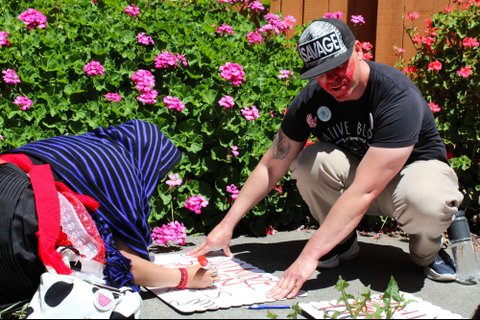
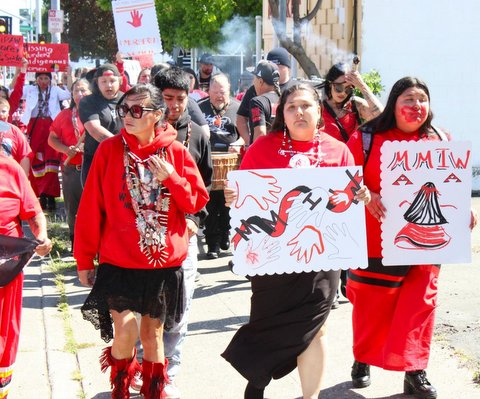
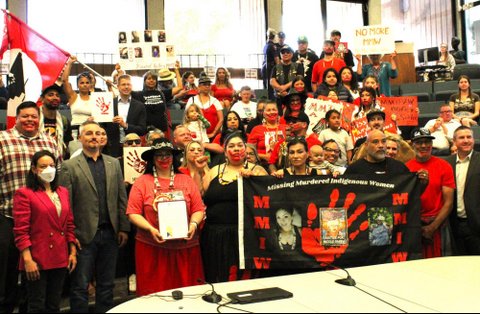
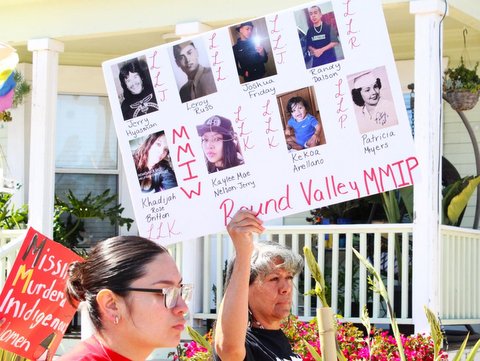
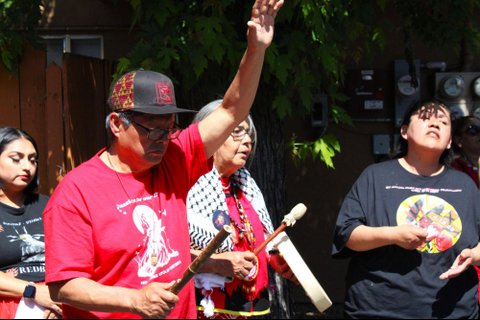
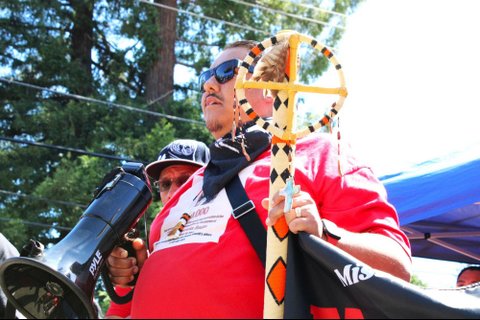
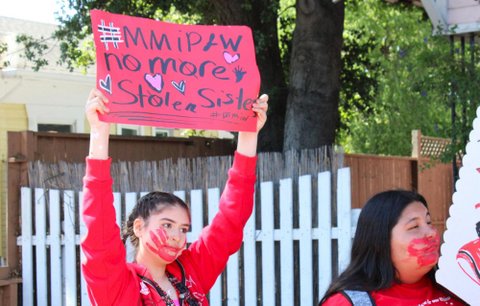
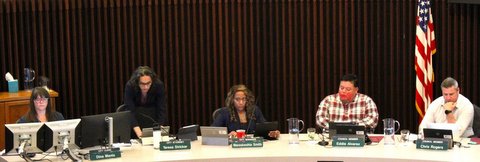
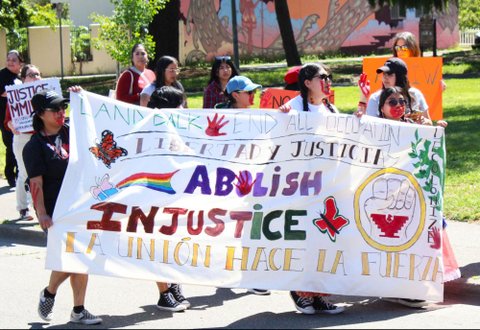
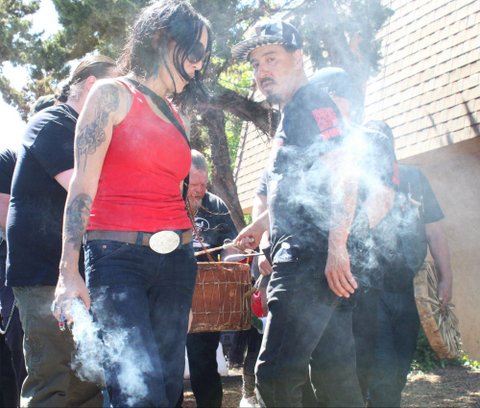
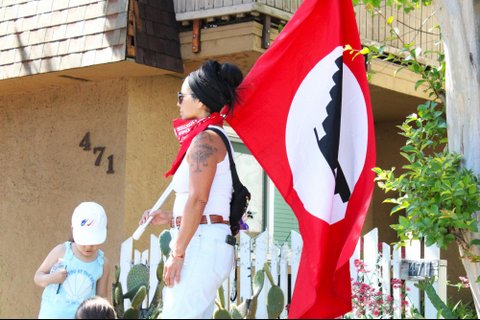
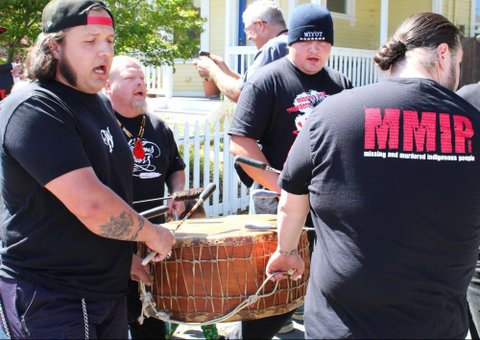
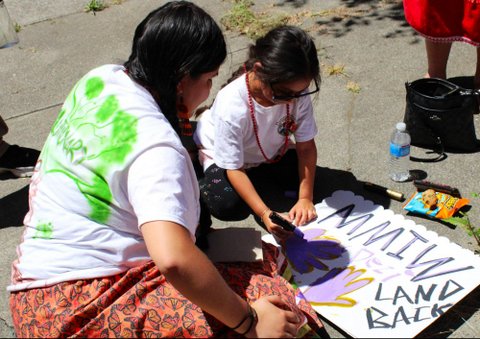


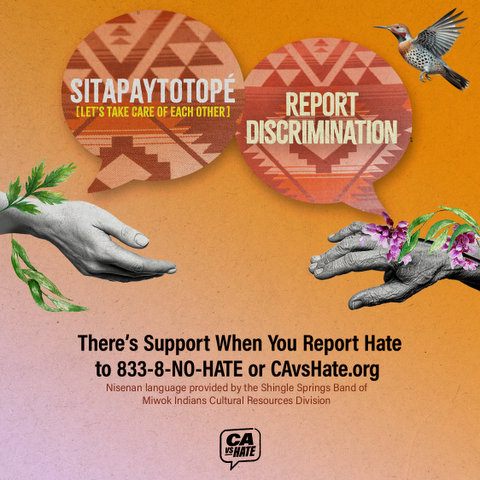
No Comments